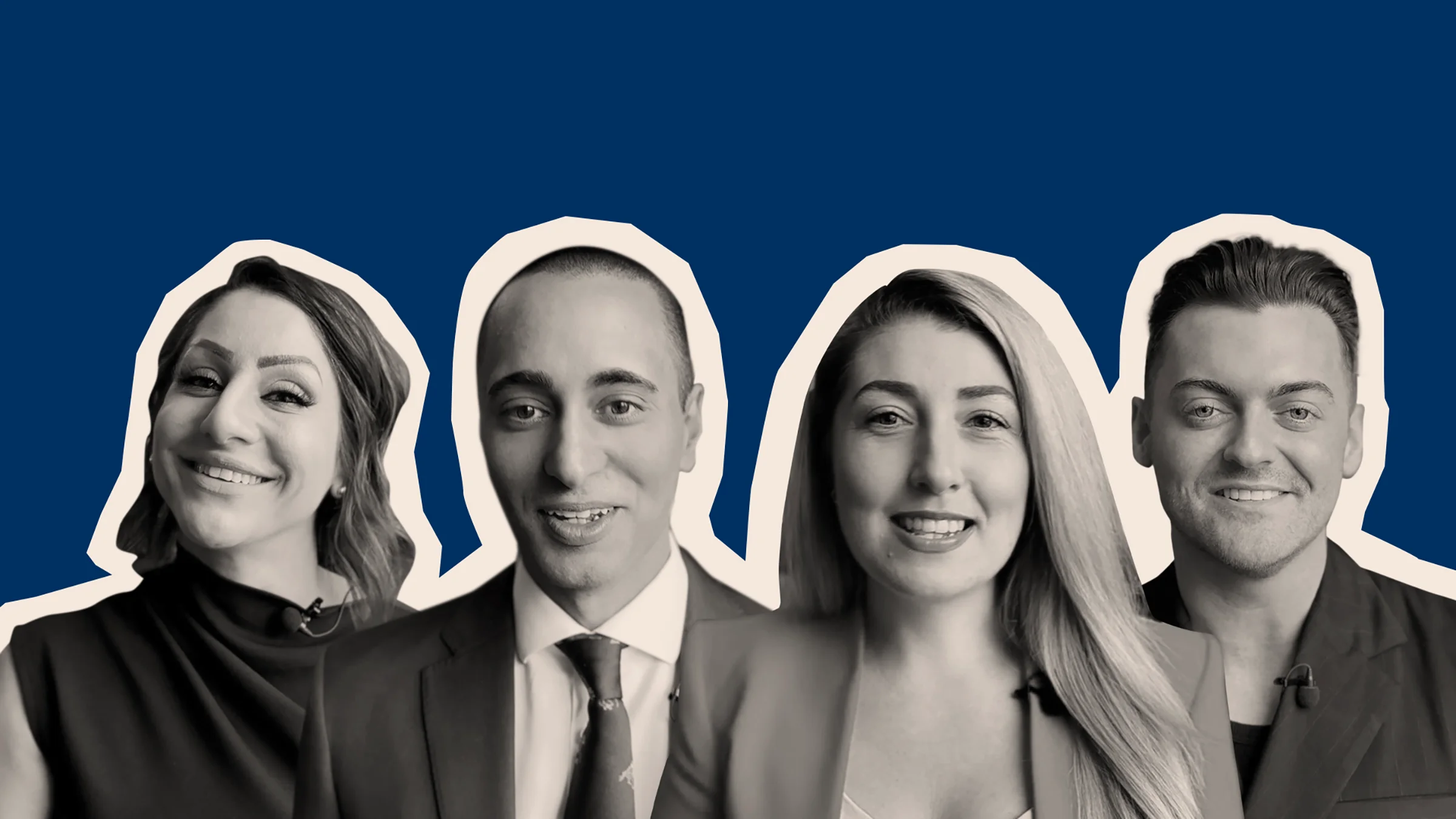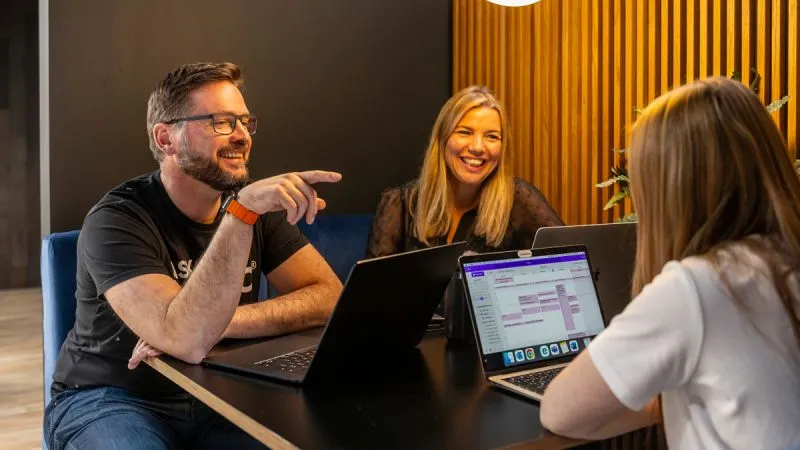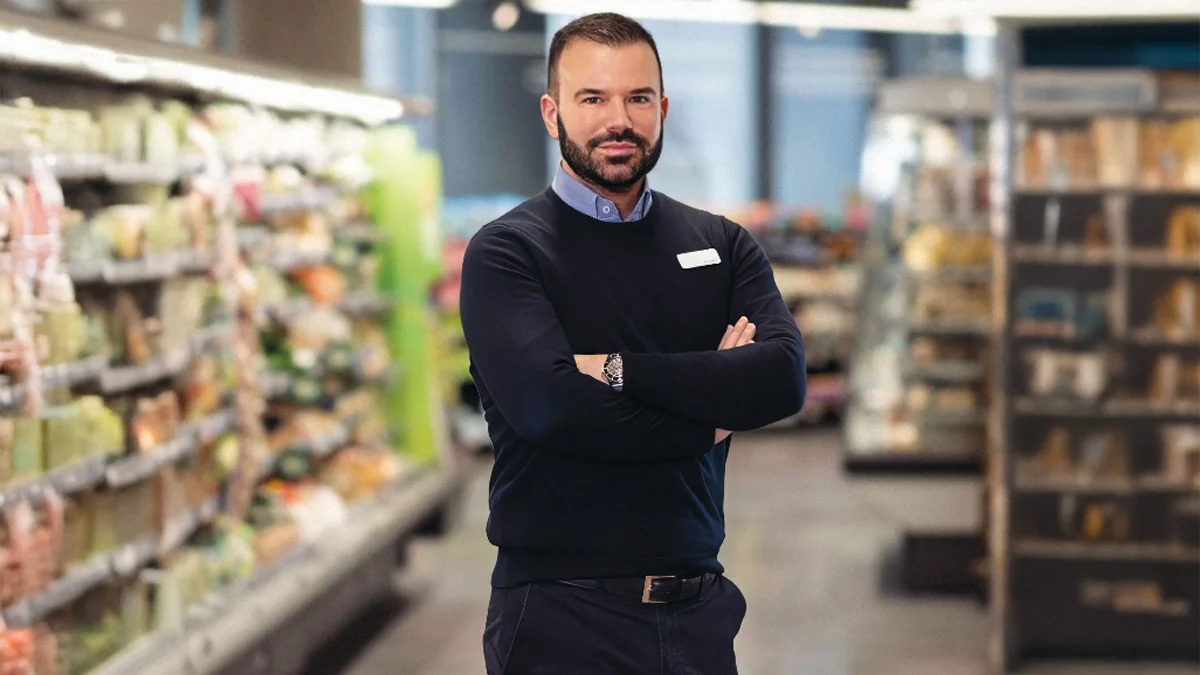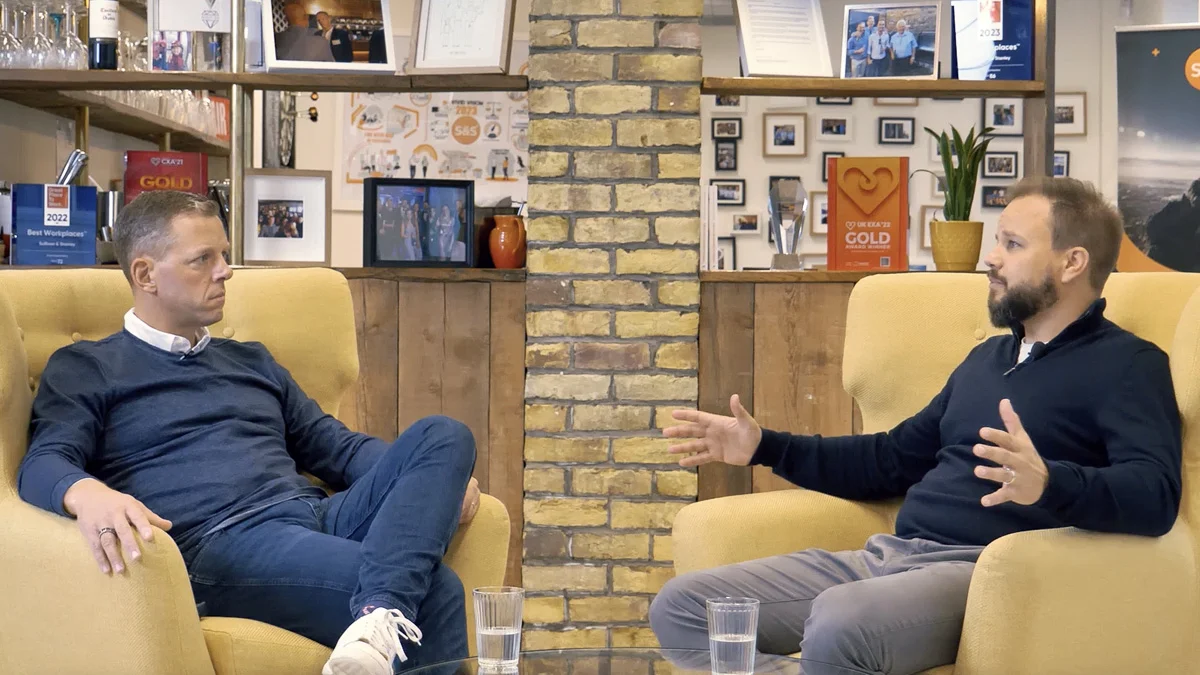
You have a sinking feeling. Growth has plateaued. You’re getting frustrated at your day-to-day management tasks. What used to be your passion is slowly becoming the anchor around your neck. The problem may not be the people around you, your suppliers, your clients or any other external factors. The problem may be you.
It’s hard to admit that you aren’t the best person to take your business to the next level. A bruised ego laced with feelings of a lack of self-worth and shame. But it doesn’t need to be this way. It’s not even close to a failure because this realisation can change the course of your business’s history.
Pat Lynes is of Irish descent. His father worked for an Irish bank from the age of 18. He climbed the ranks for the next 40 years to become divisional CEO. When he had a retirement party, 400 people were in attendance. “Your father changed my life,” was uttered to Lynes numerous times throughout the event. This was the example set for him.
Lynes entered the world of work at the global tech recruitment firm Harvey Nash, where he built its telecoms division from scratch to a £8m turnover business. He was proud of the work he did with the company but became fatigued with being in a global PLC.
“I was running out of steam,” he says. “I was running out of love for the brand and I'd done what I'd set out to do. So, I decided not to leave for the money but leave for the learning. I'm going to leave to refresh my life and challenge myself.”
He moved on to help Simon La Fosse build his talent solutions company from a start-up to a nine-figure organisation before deciding to back himself and launch his own venture. However, a few years later he knew it was time for a change.
“I got a bit tired with the recruitment model,” says Lynes. “I’ve never seen myself as a recruiter, but as someone who works with boards to solve problems and then connects capability and deploys it in quite innovative ways compared to others. I wanted to fundamentally bring a different consulting model to the market.”
He handed in his notice and jumped in with both feet. The company was called Sullivan & Stanley, after his sons, and was launched in April 2016. His organically funded boutique consulting firm grew to 135 associates and 50 permanent staff, with revenue pushing £25m and clients including Shell Energy, WH Smith and Close Brothers. It had offices in London, Manchester and Dubai but something was niggling in the back of his mind.
The work they did at the company gave him a first-hand look at where companies of all sizes were going wrong. One of these tasks was getting brought in to act as interim management.
“Essentially, it's like you’re an executive freelancer to come in as a CFO or CTO,” says Lynes. “When you're taking these briefs and you're going into organisations, often the reasons that you're parachuted in is because the existing talent is struggling or overstayed their welcome. I've always had this in the back of my mind, that I'd never want to be one of those that should have gone two years ago or should have left at his peak.”
Fast forward to Sullivan & Stanley, Lynes had the realisation that there was a limit to how far he could take the business: “I always knew I'd need to bring a CEO in. I'm not a management consultant by trade, I'm a market maker, I'm a connector, I'm good at creating opportunity. I had a seven-year itch in my previous companies so I knew that I had between seven and 10 years to get it to a place where someone else would be the right person to come in.”
His mindset was ready for this decision but what if yours isn’t? Ego is at play and admitting to yourself and those around you that you aren’t the best person to take your business to the next level is difficult. Even in a situation where Lynes was prepared, he still took note of the signs.
“Things were just frustrating more than they weren't,” he says. “That means that you need to do something different. Either you need to take a sabbatical, a big holiday, or you need to get back into what your sweet spot is.
“I believe that everyone has a unique ability. Everyone is a genius in something and when they're doing that, they get perpetual energy all the time. Everything is more exciting and more energising, rather than when they're in things that you know aren't so natural for them, that will frustrate them. Too much operational stuff starts to frustrate me, for example.”
But there are other signposts besides the frustration: “If your business is reaching a certain level where you aren’t breaking through, maybe it's time to look at getting someone who can help break that ceiling or plateau. Also, depending on what that person's business strategy might be, I would encourage them to explore external candidates and go on a journey.
“I met lots of potentials over the years and didn't get super official about it because not everyone was right. Some people maybe could have doubled the size of the business in a year, but they would have ruined the culture. That has to be a consideration for a replacement, as well.”
Lynes embarked on a journey of finding this replacement that entailed softly keeping an eye out for the right person. Having placed a premium on culture and company values, he wanted to make sure the next person fit the Sullivan & Stanley mould. Enter Jason Byrne, the man chosen by Lynes to take the company forward.
Described by Lynes as a humble, authentic and strong leader, he’d also cut his teeth in a consulting firm. He’d worked his way up from number three when it was a start-up to become partner when it was a company with revenues of more than £70m.
“As someone who enjoys sports,” says Lynes, “I think I got Sullivan & Stanley to the semi-pro leagues of consulting, but I wanted someone who'd had what it took to get a consulting firm to the Premier League. Jason had done that.”
After a nine-month-long process getting to know each other and making sure there would be a fit, Byrne took the reins as CEO in October 2023. As Lynes planned to stay in the business, there emerged a potential for friction. However, this is where decisions he took years earlier, started to pay off.
“I'm definitely a product of coaching,” he says. “There's no way if I didn't make that decision at 28 to be a lifelong learner that I would be where I am. I've got a life and a business coach. We hired a transition coach for Jason and our chief operating officer Kevin too. I think that was worth every penny.”
But it's what he learned from coaching in the build-up to the transition that prepared him for what was to come: “My coach did a section on accidental diminishing. If I don't agree with a certain thing or people in the team come to me instead of the new CEO, that training made me really aware that I shouldn't diminish Jason.”
Lynes also took himself out of the company’s senior leadership team to set the tone that Byrne wouldn’t be a “puppet CEO”. A year in and Lynes is happy with the direction the business is heading and with Byrne’s performance so far. But none of that happens without the groundwork being laid first.
That situation I described in the opening paragraph? That’s not Pat Lynes. He was prepared to make this difficult move. He had it in the back of his mind and had the foundations of culture and learning in place before it was too late.
Are you prepared to step down if you’re not the best person to take your business forward?
Related and recommended
Contestants from The Apprentice reveal the fundamental business lessons they learned from taking part in the TV show
From global talent pools to AI-powered documentation, a work-from-anywhere model is a new way of thinking about productivity, innovation and teamwork
The story of how cycling brought Business Leader member John Readman together with his co-founder and investors
Stuart Machin’s hands-on leadership has revived M&S, tripling its share price and reshaping its future, by obsessing over the details, from shop floors to staff message boards
